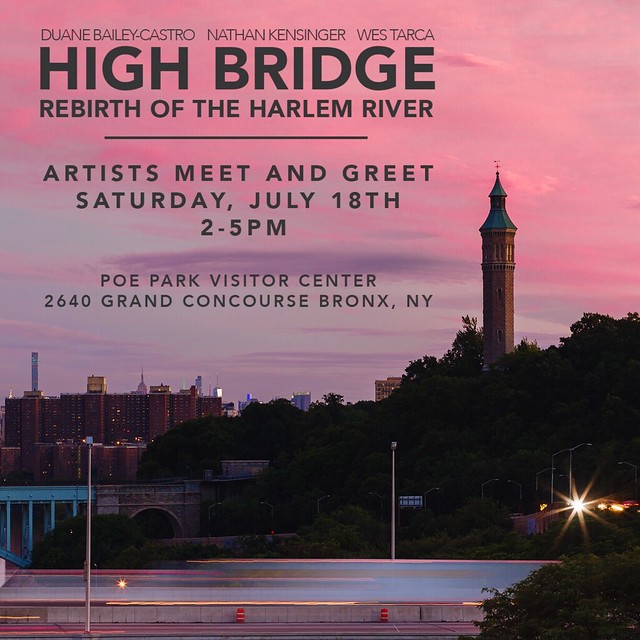Gowanus Canal: Toxic Playground

October 31st, 2011 - This photo essay is excerpted from a lecture & slideshow I presented at Cabinet Space on October 8th, 2011 titled "Gowanus Canal: Toxic Playground," which was part of Gowanderlust, my nighttime walking tour of the Gowanus Canal organized by Cinebeasts. For a description and photos from Gowanderlust, read the Urban Omnibus writeup.
For the past several decades, the Gowanus Canal has been a center of unrestricted creativity in Brooklyn. With seemingly few rules or regulations, the canal area became a source of inspiration to numerous artists, filmmakers and photographers. Bohemian communities developed on its waters, including a houseboat armada and the now-defunct Batcave. Its empty lots, once described as "Brooklyn's biggest toxic playground" by Robert Guskind, were taken over by graffiti artists, sculptors, and homeless camps. Arts groups and gallery spaces, including Rooftop Films and Issue Project Room, found homes in its industrial buildings. Creative projects like the Dumpster Pools were installed on its banks, while community groups like the Gowanus Dredgers organized access to its waters.
However, the darker side of the canal's lawlessness includes more than a century of criminal dumping. As chronicled in Allison Prete's documentary "Lavender Lake: Brooklyn's Gowanus Canal" (1999), the canal has long been "an open sewer" for the surrounding communities, in the fecal sense and in other ways. The canal was completed in 1869, according to the Environmental Protection Agency, and industries along its shores have been poisoning its waters ever since. At one point, according to stories, the pollution was so bad that the canal was prone to spontaneous combustion. It was also a reputed Mafia dumping ground, with neighbors finding dead bodies in the water, sometimes tied to chairs. In 2010, the canal was Superfunded, with the EPA labelling it "one of the nation's most extensively contaminated water bodies."
In the past few years, even with its Superfund designation, a surge of upscale hotels and venues has threatened to overwhelm the canal's established creative community. The lure of empty streets, open space, and a measure of lawlessness has drawn new crowds to the neighborhood, and to large warehouse venues like The Bell House, Littlefield, and the Brooklyn Boulders rock climbing gym, located in the old New York Daily News garage. At the same time, however, new creative projects have also appeared on the canal, offering a balance to the suddenly crowded streets. These include the hand-built birdhouses of the Canal Nest Colony and several guerrilla gardens that have sprung up on dead end streets. As the cleanup of the Gowanus Canal continues over the coming decades, it will hopefully not erase the unique balance of industrial, artistic, and creative uses that continue to thrive in the area.
---
For more photo essays about the Gowanus Canal, please visit The Whole Foods Lot (2010), The Batcave Revisited (2010) and the Hamilton Avenue Marine Transfer Station (2009).























